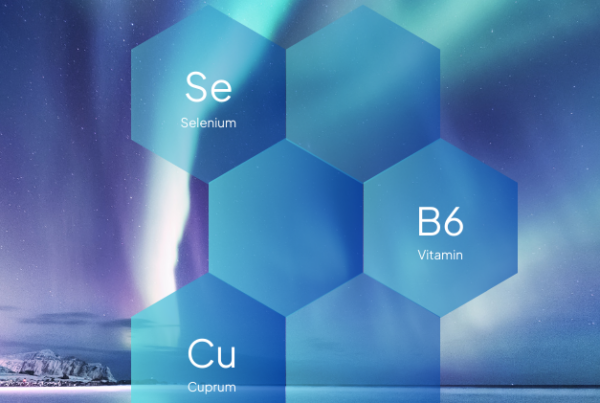Article #3 – In the next few weeks, RNI Consulting will discuss different topic around the Probiotic theme. With this series, you will learn about probiotics and the regulatory framework.
As the probiotic marketplace continues to grow at a rapid pace, development of novel strains becomes increasingly valuable, but achieving regulatory compliance for new probiotic strains can present challenges. Novel strains will typically require regulatory approval to lawfully enter the U.S. market even if some strains within the species have regulatory approval or have a history of use. The most common pathways to achieve regulatory compliance are through Generally Recognized as Safe (GRAS) or a New Dietary Ingredient Notification (NDIN), and determining the best pathway is specific to the individual probiotic and product goals. In this installment of our probiotic series, we will walk through some basic considerations to help you decide the best path to regulatory compliance for a novel probiotic ingredient.
To help decide the best path, we can start by answering the following questions:
What is the intended use?
If the goal is to add the ingredient into conventional foods, then the GRAS pathway is best. Once you have the ingredient GRAS for use in conventional foods and the ingredient is placed in the food supply, then the ingredient (must be the exact same as what was GRAS and in the food supply) can be used as an new dietary ingredient (NDI) in dietary supplements as well and in this case the NDIN to FDA is not required. If the goal is to add the ingredient into dietary supplements only, then either the GRAS or NDIN pathway may be available, and the best path could depend on the answers to the additional questions below.
Does the ingredient qualify as a dietary ingredient under DSHEA?
In order to utilize the NDIN pathway, the substance must meet the definition of “dietary ingredient.” DSHEA defines a “dietary ingredient” as: a vitamin; a mineral; an herb or other botanical; an amino acid; a dietary substance for use by man to supplement the diet by increasing total dietary intake; or a concentrate, metabolite, constituent, extract, or combination of any of the above dietary ingredients.
Is there a population that should be excluded from using the ingredient?
The NDI pathway provides more freedom to exclude specific populations or age groups, so for example if the ingredient does not have any clinical studies in pregnant or nursing women or children under the age of 2, these groups could be excluded in an NDIN.
Is the safety information publicly available?
All information that is pivotal to showing the safety of an ingredient in the GRAS process must be publicly available. This is not the case for NDIN pathway. In an NDIN, safety studies do not have to be published and more information in the notification is permitted to be redacted compared to the GRAS pathway. Because of this, the NDIN pathway allows for more proprietary data.
Do you want to notify the FDA?
For the NDI pathway, notification to FDA is mandatory, whereas notification to FDA on a GRAS conclusion is voluntary (some exceptions apply).
In Summary –
The NDI pathway is a possible pathway for a probiotic ingredient found in the food supply. The NDI pathway is only applicable to dietary supplement usage and does not extend to regulatory compliance for use in conventional food products. The NDI pathway allows for more protection of proprietary information.
The GRAS pathway is a possible pathway for a probiotic ingredient found in the food supply as well as one derived from non-food sources. The GRAS pathway requires the pivotal safety data to be publicly available. A conclusion of GRAS may or may not be notified to FDA. If a probiotic is GRAS and placed into the food supply then the probiotic may be used in a dietary supplement as a new dietary ingredient without the required NDI notification provided the dietary supplement does not contain significantly higher levels of the NDI than is used in already established conventional foods or does not exceed the levels established as safe in a GRAS conclusion.
Determining the best pathway to regulatory compliance can seem overwhelming but considering the above factors can direct you to the most appropriate path for your specific novel probiotic. RNI is also available to help you determine the best path forward based on your specific ingredient needs and goals and can support development of your GRAS and NDIN dossiers for regulatory compliance.



